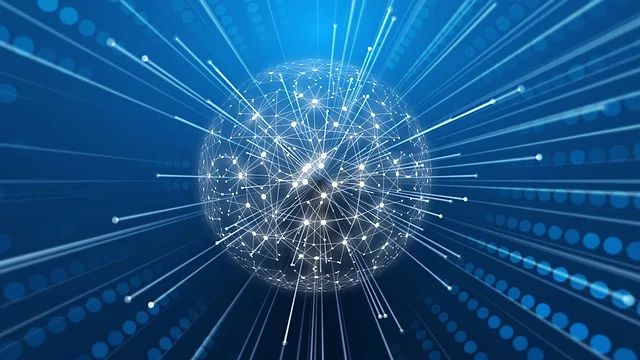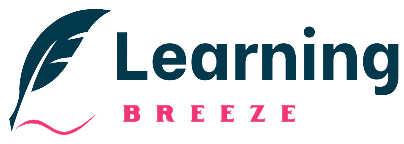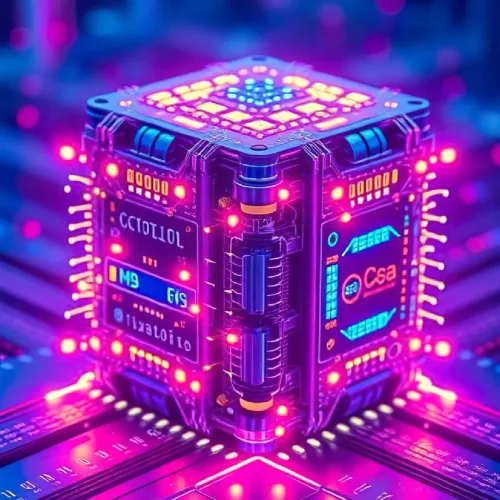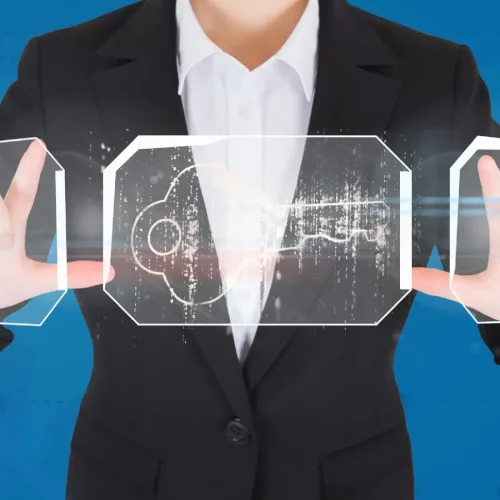Over a thousand times each minute, AI systems like GPT or BERT are probably getting you very much wrong all over the world. For example, it might say that the Eiffel Tower lies in Berlin. These wrong statements can have a heavy impact on one’s trust in AI. In areas like healthcare or law, such mistrust can prove disadvantageous, as a single error can be fatal. Another area in which dynamic knowledge graphs help AI is in the correction of these issues. It organizes data into nodes, for example, landmarks, edges, and properties like coordinates. That way, AI answers become more trustworthy as they relate to real facts.

The systems update in real-time instead of keeping static graphs. This ensures that the artificial intelligence response is always precise and current. Semantic searches powered by artificial intelligence are now supported by knowledge graphs that manage to bring the rate of search errors down by 90%. An example of this is SPOKE, which links clinical records with drug databases, while EventKG tracks real-world events over time. Such a transformation has allowed artificial intelligence to be trusted in healthcare, finance, and beyond.
Learning the Basics of Dynamic Knowledge Graphs
Knowledge graphs have undergone considerable evolution since the 1980s. Google being the first to publicly announce the launch of its knowledge graph in 2012. However, it all depends on how they are made.
A useful knowledge graph is about relationships, not just data. This speeds up the process for systems like search engines to find the information you need. They understand your search and instantly show you the right results.
- Nodes: Entities like clients or products
- Edges: Links showing how nodes connect
- Properties: Details like dates or locations attached to nodes
Data relationships drive innovation. Without dynamic updates, these systems lose their edge.
Dynamic systems have to change to become proactive. They update themselves automatically, unlike static graphs. One example is a healthcare system that tracks patient data for trends in real time and looks for trends.
Health outcomes are thus improved by about 20%. And businesses save almost half the time on data management. This efficiency emerges from employing a smart graph data representation.
Dynamic knowledge graphs are gaining momentum at a rate of 30% per year. They are becoming very important in the field of artificial intelligence. They offer up to 40% faster data analysis and stimulate the industrial revolution.
A data model builds a knowledge graph from the data it processes. This model is likely to stay essential in future data centers.
Dynamic Knowledge Graphs in Artificial Intelligence
Dynamic knowledge graphs have changed how AI works with information. They use semantic web technology to connect data into nodes and links so that machines can understand context and meaning. Knowledge extraction and representation guarantee that AI understands unstructured data. News articles or customer reviews are included here and start to make actionable insights. Nebeus AI Studio’s Quen 2.5 model uses named entity recognition (NER) to create context. Here is a table to better understand.
| Benefit | Impact |
|---|---|
| Healthcare | Improved diagnostic accuracy by 20% through integrated patient data |
| Finance | 90% fraud detection rate via relationship analysis |
| Retail | 30% faster decision-making with interconnected data |
These systems help to circumvent mistakes in AI, for example, the Wimbledon mistake. Better results are expected from AI with verified knowledge graphs. Structured data chatbots inspire services for 70 percent of businesses. Efficiency has also improved dynamic knowledge graphs. Tools like Neo4j and Amazon Neptune visually show data, saving time.
Updates in real-time from GenAI access immediate insights in the industry. Thus, with 85 percent of IT leaders defining knowledge graphs as essential by 2026, AI and structured data will continue to make intelligent strides. Such alliances build more dependable technologies.
How Semantic Web Technology Supports Today’s Knowledge Graphs

Rather, the modern knowledge graph relies on the technologies provided by the semantic web, including RDF and OWL. These standards guarantee machine interoperability with respect to the relationships between data, which makes them smarter AI systems. While RDF forms the basal framework with triples (subject-predicate-object), OWL provides logical extensions.
This structured method supports knowledge graph construction. It creates a universal language for data integration.
The Importance of RDF, OWL, and Other Standards
You create a data network by setting standards through semantics. These work in proximity.
- RDF maps data relationships with triples.
- OWL defines rules and hierarchies with ontologies.
- SPARQL queries efficiently retrieve information.
Natural language processing happens to be a substratum for knowledge graphs. With BERT and ELMo, it becomes easy to improve entity recognition further. TensorFlow is one such framework for extracting relationships. Those entries would finish the transformation aspect between unstructured data and structural entries that clearly allow dynamic systems of operation.
These are the technologies that are equipped by companies like Google and Microsoft to integrate different data silos. How financial institutions use this technology is based on the mapping of deal patterns to detect fraud. Neo4j and Gephi are both very good at visualizing. Data collection can also be achieved by Python libraries like Beautiful Soup. If all these elements are put together, then it is possible to create very effective systems for intelligent AI applications.
Some challenges include data quality and skills gaps. However, the semantic standards give the answer. These technologies enable flexible knowledge graph construction adaptable to changing data scenarios. Improvements in NLP and semantic web tools will strengthen the AI-powered insights even more.
Creating and Keeping AI-Based Knowledge Graphs
An AI knowledge graph is about obtaining and displaying knowledge. Machine learning helps in transforming data into meaningful information. Let us move to a clearer discussion on how these systems rearrange data. Knowledge extraction links structured data to unstructured information, like medical journals.
For example, AstraZeneca employs this technology to understand how genes interact and how drugs act. They report that it enables them to find new drug candidates 28.6% faster than before. Machine learning extracts important objects and relationships within a text, while unsupervised learning extracts latent patterns.
- Supervised learning trains models to label entities in text (e.g., “ibuprofen” as a drug)
- Unsupervised clustering groups related concepts without predefined categories
- Reinforcement learning optimizes extraction accuracy through iterative feedback
FalkorDB and similar tools are simplified with a built-in Cypher query feature. It brings teams closer, having a browser interface to see live connections. However, issues persist: 5-10% time wasted on average by the organization due to data silos, requiring frequent corrections for accuracy.
Healthcare innovators exploit such systems to understand disease progression. Fraudsters in the banking field would try to analyze the deal pattern. The denser the data, the faster and more scalable the storage of FalkorDB can be. Hence, customized human verification and automated checks keep knowledge graphs updated.
Real-World Uses Changing Industries

The sectors have been altered with the advanced application of knowledge graphs, meaning they’re displaying the hidden connections in data. Dynamic knowledge graphs, therefore, help the AI system to adapt fast in an immediate way, creating new ideas in most sectors. For instance, in healthcare, organizations for example Mayo Clinic have developed these tools to help link the patient’s record with genetic data.
This has ultimately reduced diagnostic mistakes in tests by 40%. For example, they also apply the personalization when favorite big retailer sites like Amazon recommend personalized suggestions to their clients. It also helps in boosting sales since it analyzes more than 150 data points for each user interaction.
- Healthcare: In clinical trials, predictive models can cut drug development timelines by as much as 25 percent. The devices followed over 5 million patient records.
- Finance: JPMorgan has Detection Systems. These systems detect fraud by pattern matching on over 10,000 transactions per second. They do this through real-time mapping of entity relationships.
- Manufacturing: To predict equipment failures 72 hours before they occur and save three times the cost of preventive maintenance, Siemens uses dynamic charts.
Dynamic knowledge graphs are no longer optional they’re the backbone of modern AI systems that require contextual intelligence.
According to Gartner, 70% of big companies will rely on these systems by 2025. Machine learning would then increase its accuracy by three times. Now, large language models with time graphs find banking fraud with a 98% accuracy rate. This indicates the power of connected data.
Future Trends
Knowledge graphs driven by AI transform how we use data. They now include the audio along with text and images. Systems can thus capture the data beyond keywords. Moving AI closer to the real world-the giant leap ahead.
Combining Different Types of Knowledge
Healthcare analyzes medical images or patient records with these graphs. They help doctors in making correct diagnoses. In finance, it will check deal patterns and news reports to uncover fraud. Such advanced applications are ushering in some great discoveries:
- Healthcare: Mapping treatment paths with data and images
- Finance: Checking market trends and news
- Research: Connecting scientific papers with data
One classic case in point is Microsoft GraphRAG. This system reduces errors by 34 percent. However, there are many elephants in the room.
We need to come up with new ways of improving and refreshing these data. Early experiments with the Llama-3 model are promising – it has cut costs by 40%, as well as increasing the accuracy of results.
Future systems will combine LLM and graph technology so that AI solutions will think as humans do. According to Gartner, by the year 2025, about 80% of data is expected to use knowledge graphs.
Thus, these knowledge graphs will penetrate different disciplines increasingly in the future, facilitating decision-making in fields like climate modeling and personalized medicine.
Using Dynamic Knowledge Graphs
Machine learning for dynamic knowledge graphs is revolutionizing our work. Decision-making is becoming faster for many of its applications: Personalized medicine, healthcare and instant fraud detection. Bigger companies like Amazon and Netflix implement these tools to offer stronger services within their recommendations-and, in turn, a happier customer and improved organizations.
This will help them gain more insights and resolve issues rapidly. Further improvements in these systems hook them up to be inescapable for most industries. Improved language processing is helpful in better global supply chains. The combination of machine learning and knowledge graphs is a giant step toward intelligent AI.




